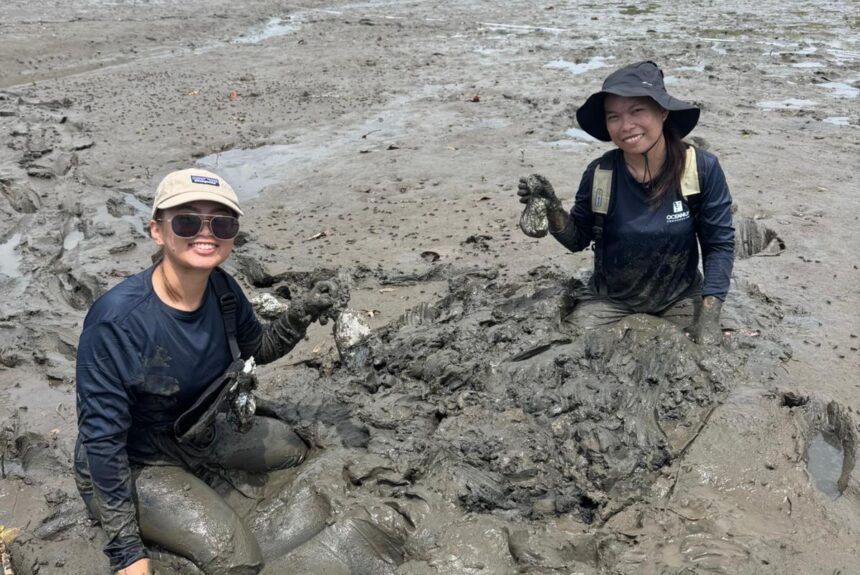By Stephanie De Jesus and Elisha Razon
As fourth-year Environmental Science students, we began our internship at Oceanus Conservation with prior experience in fieldwork and sampling. We expected challenging conditions and hands-on learning opportunities, but our time in Cagwait, Surigao del Sur exceeded those expectations in ways we could never have imagined. This experience offered valuable insights into the interconnectedness of environmental science and development work reinforcing our commitment to careers in biodiversity conservation and ecological research.
Immersed in the field
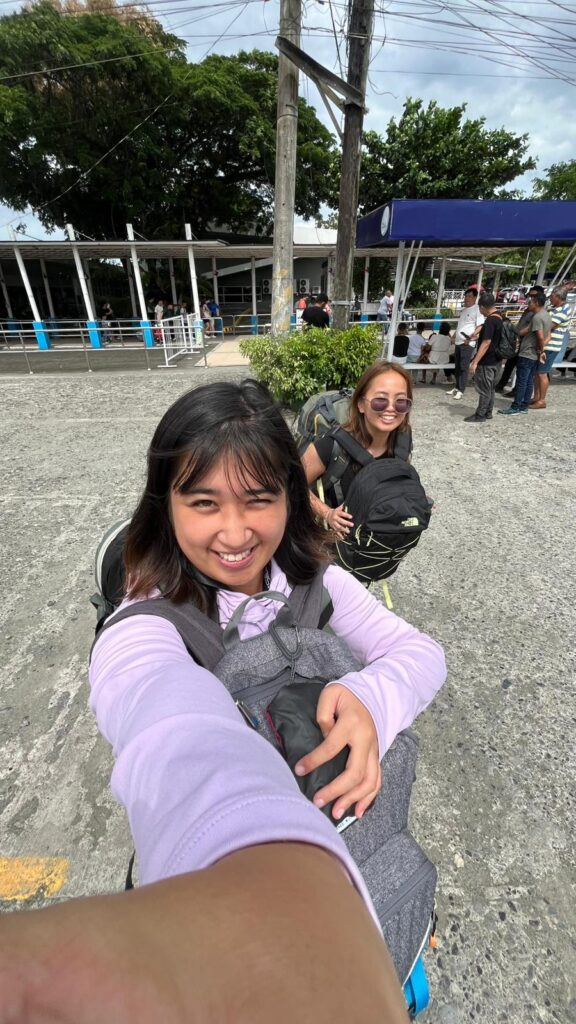
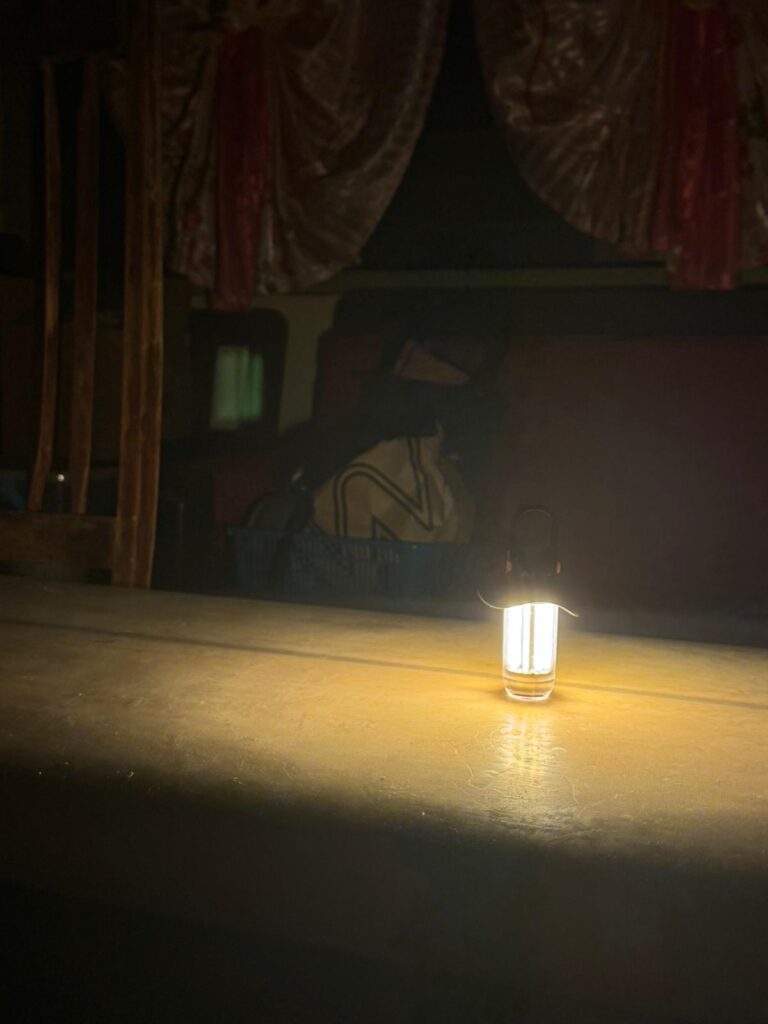
Photo of Steph’s lamp when we arrived with a brownout
Our internship, 1,276 kilometers from home, immersed us in the realities of field-based conservation and community engagement. From the moment we arrived at the Cagwait station and were greeted by a brownout, we knew we were stepping into something humbling and transformative.
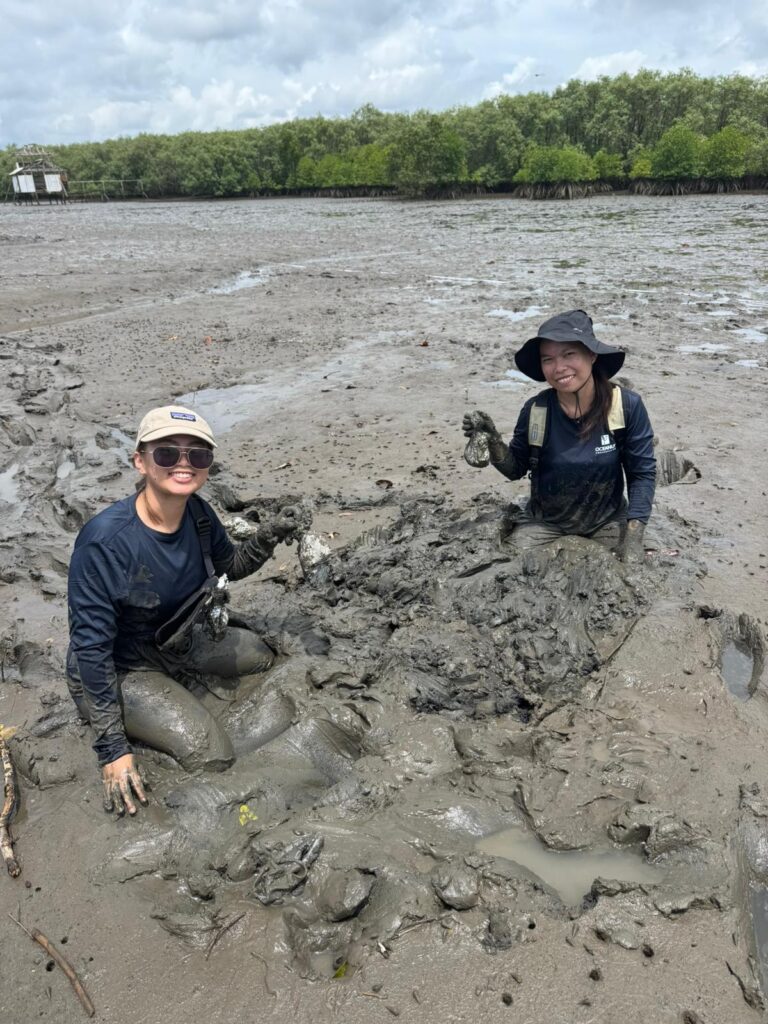
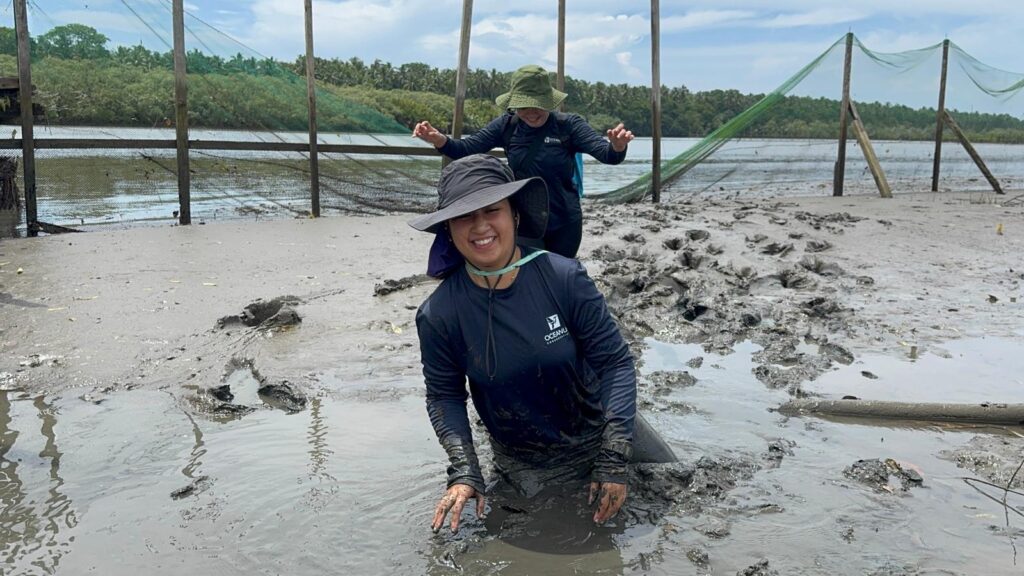
We were assigned to assess abandoned fishponds near mangrove areas as potential restoration sites. The mangrove habitat, though breathtaking, truly tested our fitness and perseverance. Traversing thigh-high mud often meant losing our footing—and sometimes even our boots. At times, crawling on all fours really was the only way forward. Guided by experienced Oceanus team members like Ms. Fae, the Project Leader, along with Ms. Chiussie and Sir Jim, the Field Officers, learned not only how to navigate such challenging environments and how to handle the equipment, but also how to approach conservation work with patience, skill, and a deep respect for local ecosystems and communities.
Long days and meaningful data
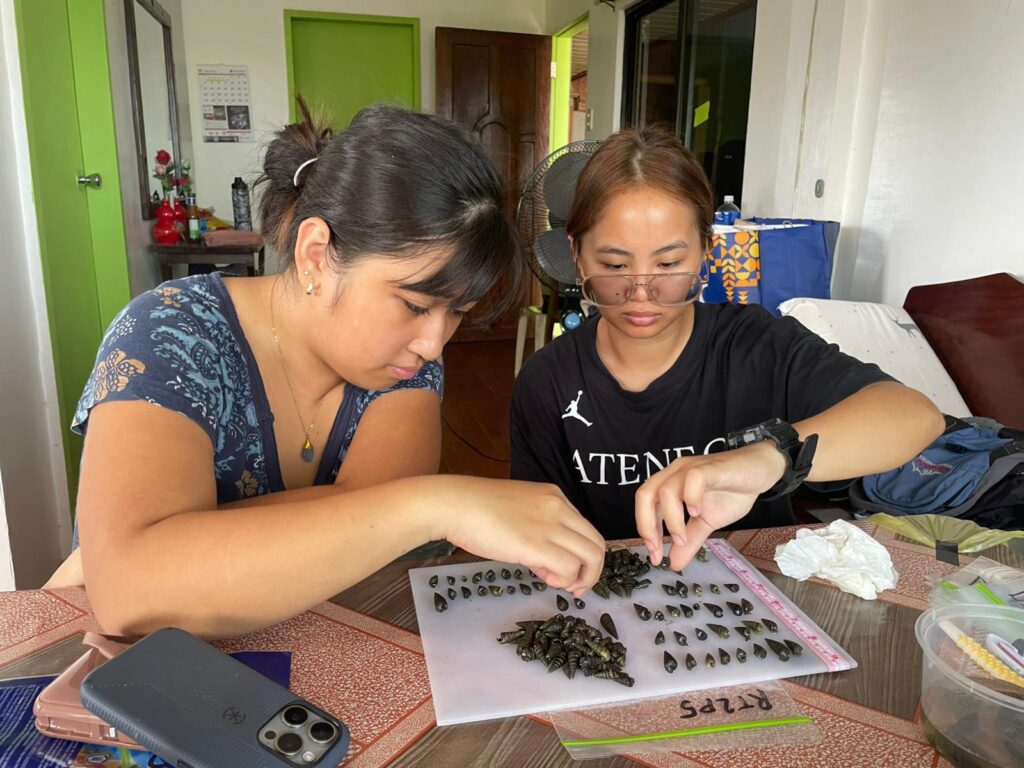
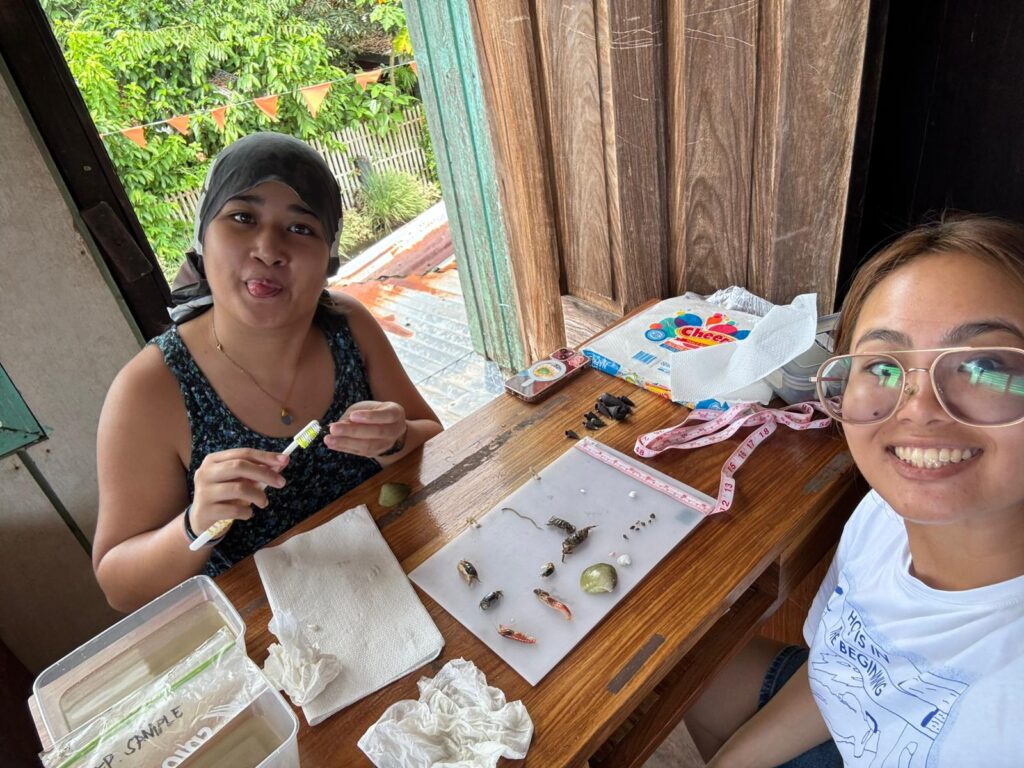
Photo of us cleaning and laying the samples out
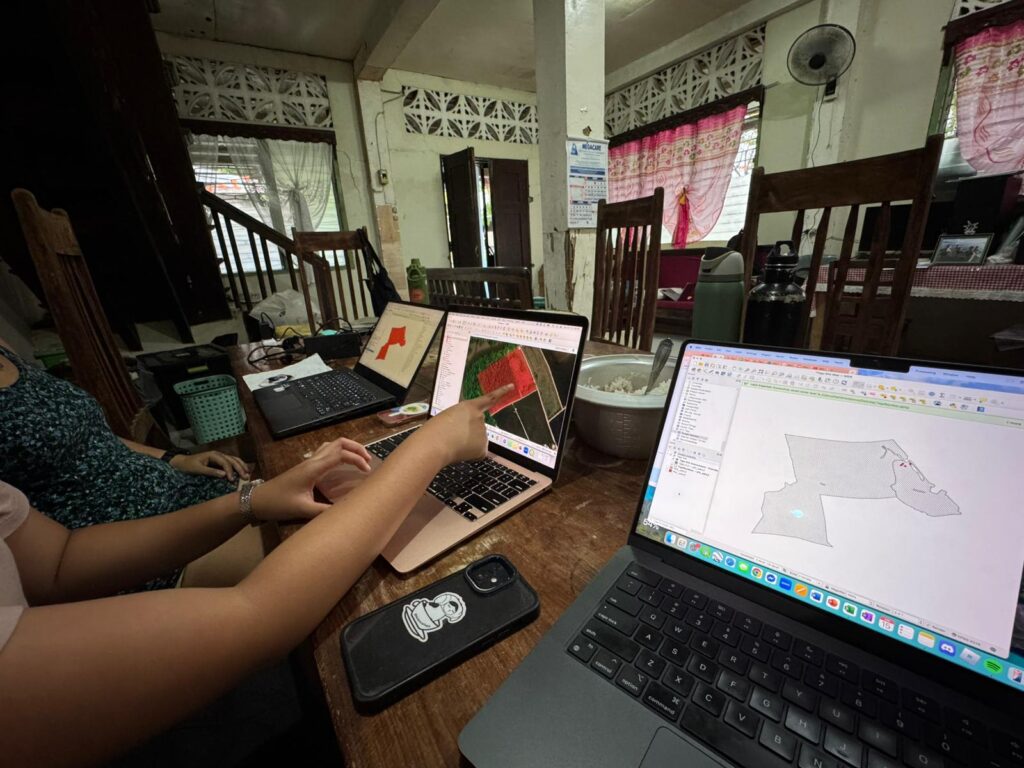
Beyond the field, we spent long days cleaning, organizing, and analyzing data—work that required precision and attention to detail. We began by rinsing, sorting, organizing, and documenting 1,783 macroinvertebrate samples. We painstakingly numbered each one so that we could use the ImageJ software to measure the lengths of specimens. To examine the relationships between species distributions and environmental factors, we conducted statistical analyses in PAST software and visualized spatial patterns with QGIS for mapping. All of these applications were new to us and it was a great opportunity to learn these tools, especially for future research projects.
Our project leader highlighted the critical role of baseline data in Oceanus’s mangrove restoration efforts. It serves as a reference point for tracking ecological changes, assessing the recovery of previously abandoned fishponds, and guiding future restoration initiatives. Without this data, it would be impossible to evaluate the effectiveness of conservation programs or make informed management decisions. This data not only serves as proof of improvement but also becomes a beacon of hope for the communities involved and the environment.
These moments reminded us that conservation isn’t just merely planting; it’s also about using science to guide decisions that shape both ecosystems and communities.
Impacts of mangrove on the community
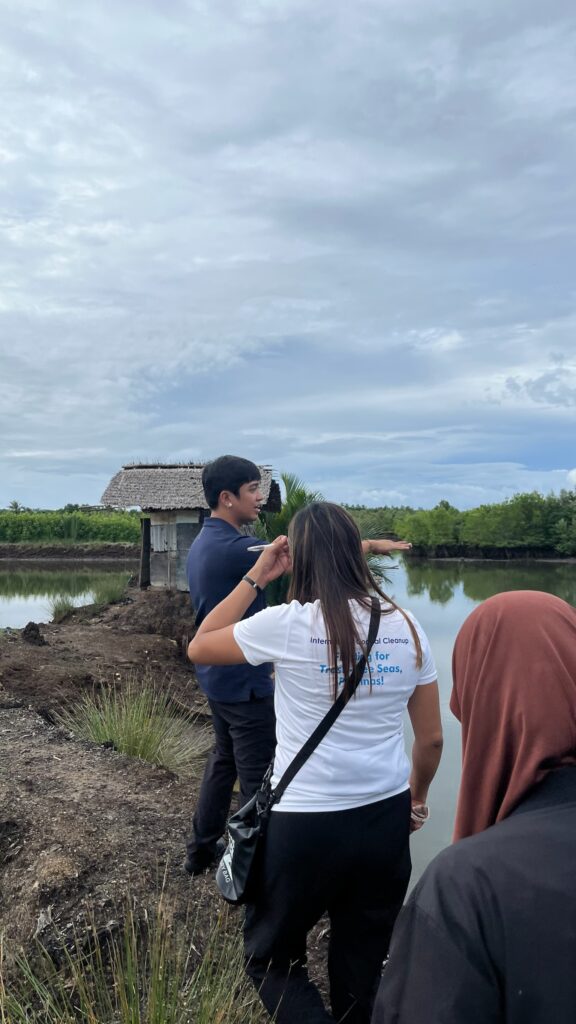
Photo by Eli of Sir Emman describing the
progress of the site to DENR officers
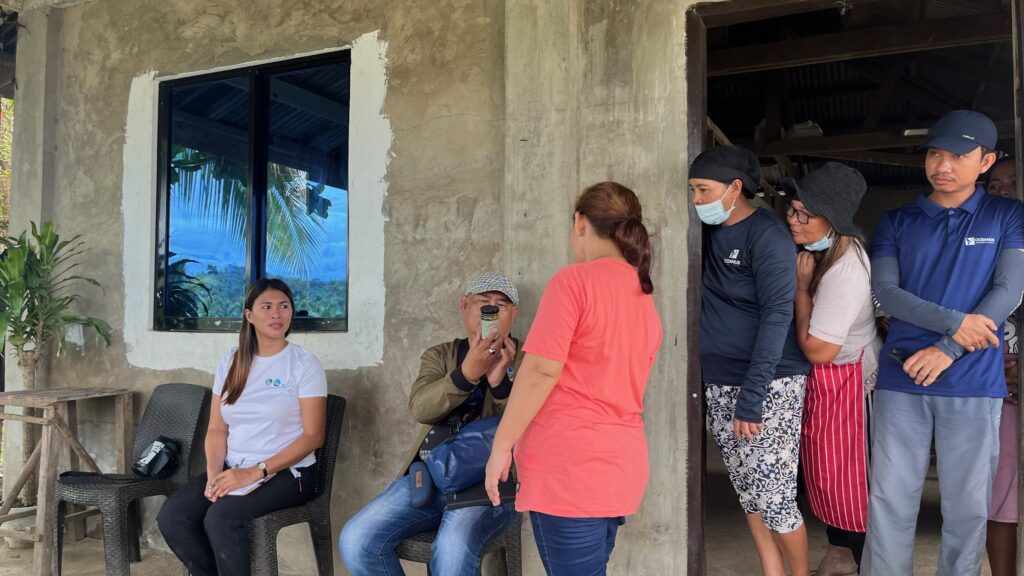
showing their mangrove products to DENR officers
As we visited various mangrove restoration sites in Tago and Cagwait, we also engaged with the local communities. Partnering with the community and the local government units (LGUs) is a cornerstone of Oceanus’s restoration programs, as these groups play a vital role in implementing projects within their areas.
The programs include providing training and livelihood opportunities for community members. Before any restoration activity begins, local participants are taught how to identify mangrove species, propagate seedlings, plant them, and care for them over time. Later, they are also trained to create value-added products from mangroves, helping integrate conservation with sustainable livelihoods.
We observed how the Oceanus team took time to build genuine connections with the people they worked with. They didn’t just arrive to deliver technical knowledge—they listened, shared stories, and nurtured relationships. In turn, the community welcomed them warmly and became actively involved in the restoration process.
Development work: finding meaning in connections
It is both a gift and a responsibility to understand how much healthy ecosystems are needed for everyone to thrive—a responsibility Oceanus carries with determination. We learned that interconnectedness isn’t just ecological; it’s also social and developmental. At Oceanus, we saw how environmental science, data analysis, fieldwork, and development work all ask the same question: How can we sustain nature while sustaining people?
Development work isn’t simply about growth. It’s about balancing environmental health with human well-being. I remember Emman and Geneve, the Project Leader and Project Manager respectively, sharing this perspective during a motorcycle ride home after a community gathering: “Working in the development sector is emotionally, physically, and mentally taxing—but it’s also the most fulfilling.”
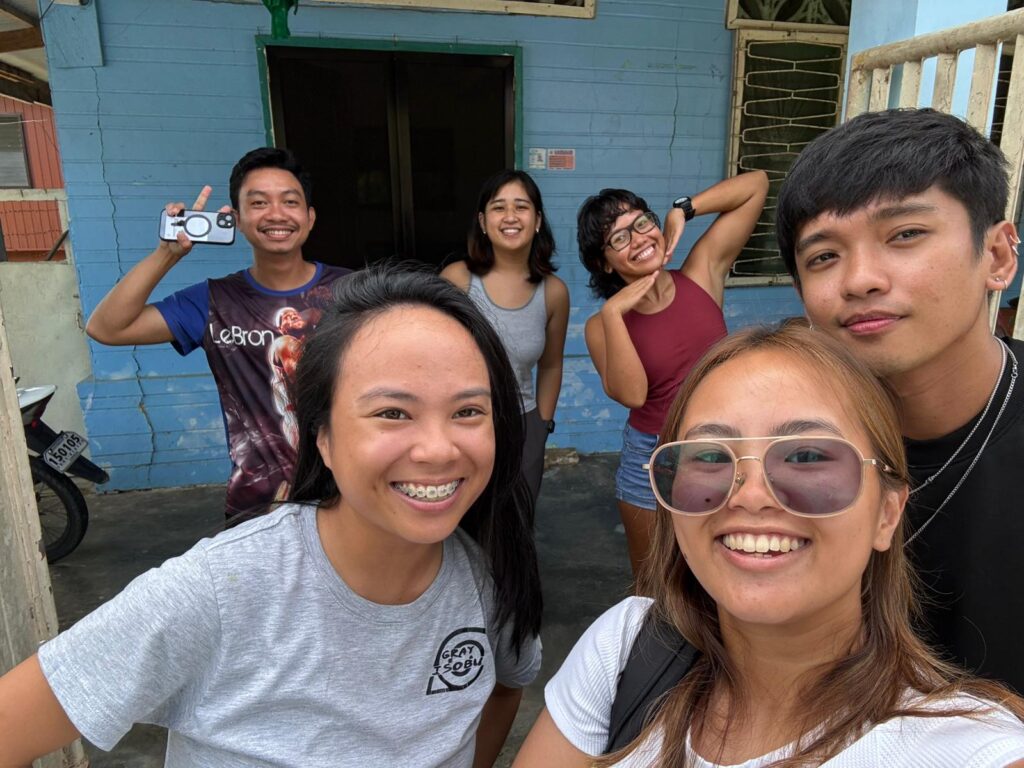
Watching them—along with the other team members, Ate Fae, Ate Chiussie, Sir Jim, Bianca, and even Sir Lito—live out this mission was truly inspiring. It was an incredible honor to witness their work up close and to contribute, in our own small way, to something meaningful.
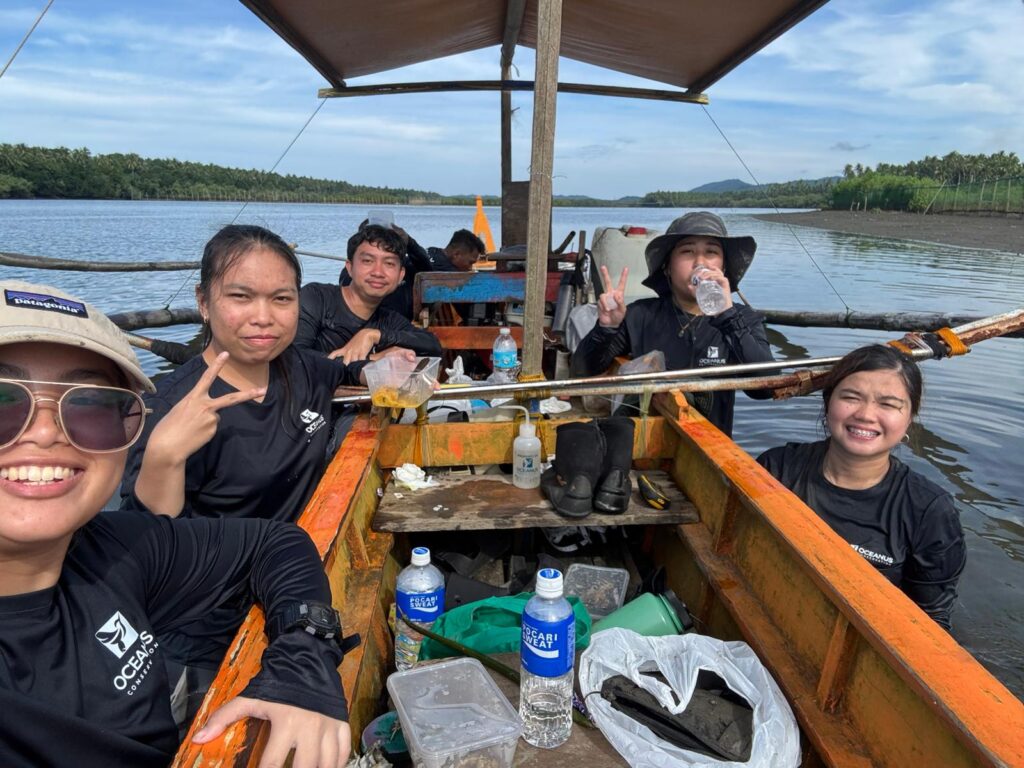
The data we gathered and the patterns we analyzed all served this larger purpose. The work was tiring, but the connections we built—with people, ideas, and disciplines—made it worthwhile. Sometimes those connections looked like hours of data crunching. Other times, they looked like shared pandesal, washing dishes together, resting during fieldwork, playing Catan, or riding motorcycles back to the field house.
That’s what made this internship special: realizing that living and working with others is just as important as the work itself. Everything is connected—and when those connections are nurtured, meaningful things emerge.
Reflecting on growth
This internship honed both our technical and soft skills. From biodiversity sampling and GIS mapping to data cleaning and ecological analysis, we gained essential tools for environmental research. We also connected with the team members who looked out for us and the communities we shared snacks with. Importantly, we learned how to work within multidisciplinary teams and engage with communities to create lasting, meaningful impact.
At the heart of Oceanus Conservation are the people—working together for our planet.
As we move forward in our careers, we carry not only new skills and knowledge but also a deeper sense of purpose. Conservation is more than science; it is about people, perseverance, and connection. This is something we both will be carrying with us for the rest of our lives.
Interested in joining us in Oceanus through internship? Email us at info@oceanusconservation.org
